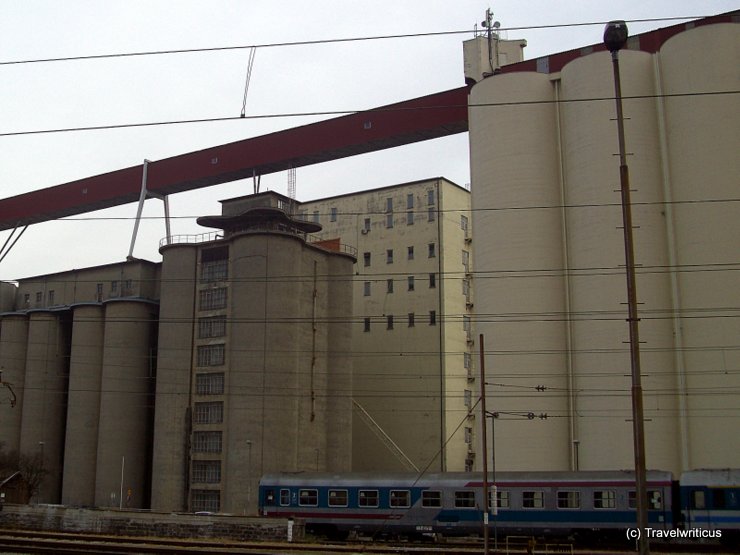
While waiting for my next train I made my thoughts about this office on top of an industrial plant opposite to Maribor Railway Station. Would you love to work in an office high over a railway station?
You only see what you know (Goethe)

While waiting for my next train I made my thoughts about this office on top of an industrial plant opposite to Maribor Railway Station. Would you love to work in an office high over a railway station?

I was very impressed by these traffic lights which counted down the seconds I have to wait for green light. Later the same numbers told me how much time I’d have to cross the street. I haven’t seen this before but I love this idea.
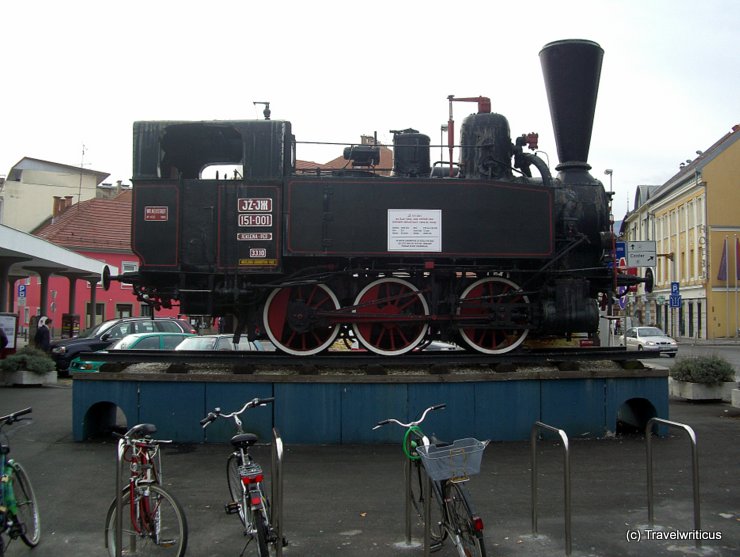
This steam locomotive pedestalled in front of the railway station of Maribor, was built in Wiener Neustadt (Austria) in 1903. In the beginning, the locomotive served on the Rohitsch Local Railway.
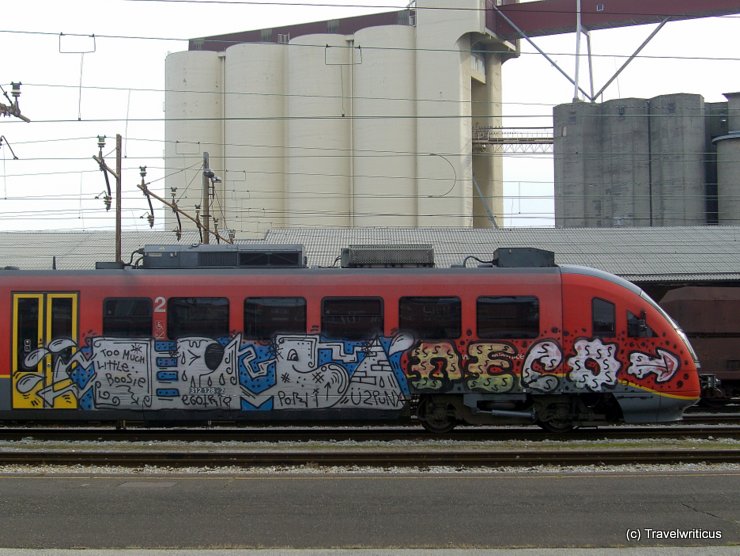
I was surprised how many Slovenian trains were painted like this one. It reminded me on street art but for obviously reason I’d call this train art.
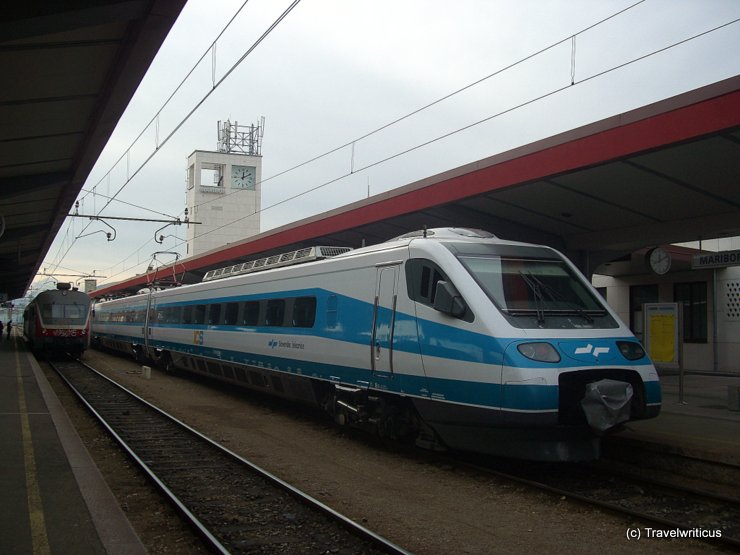
This tilting train runs as SŽ series 310 for the Slovenian Railways (Slovenske železnice). It saw its construction by FIAT Ferroviaria and is a derivation of their ETR 460. The photo shows the train on a track in Maribor Central Station.
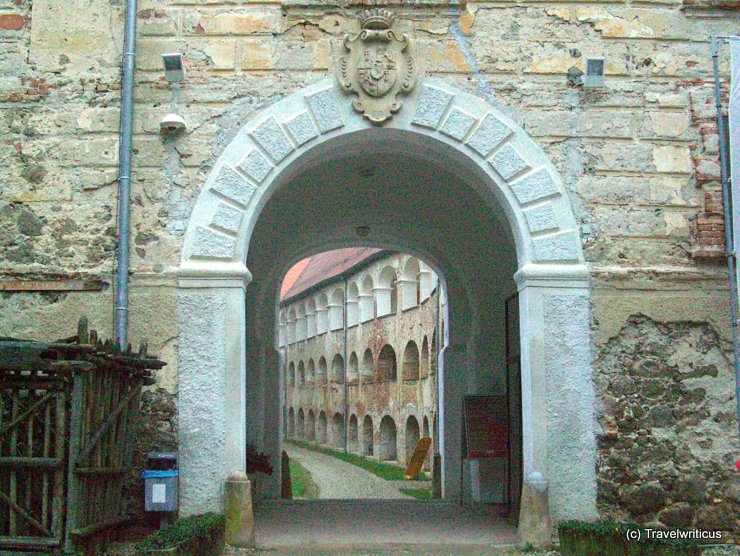
Entrance of Grad Castle in Goričko, Slovenia. Interesting fact: Grad is the Slovenian term for castle. So the name of this castle is just castle.
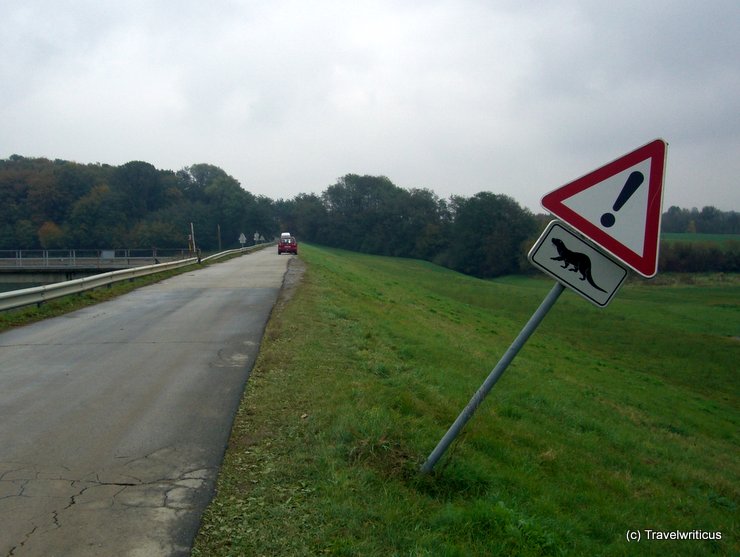
On my way to Grad Castle in Slovenia I came across this traffic sign. I wonder what kind of animal is shown on this sign? Perhaps an otter? My first thought was about a beaver because these animals are known for undermining everything. Even traffic signs 🙂
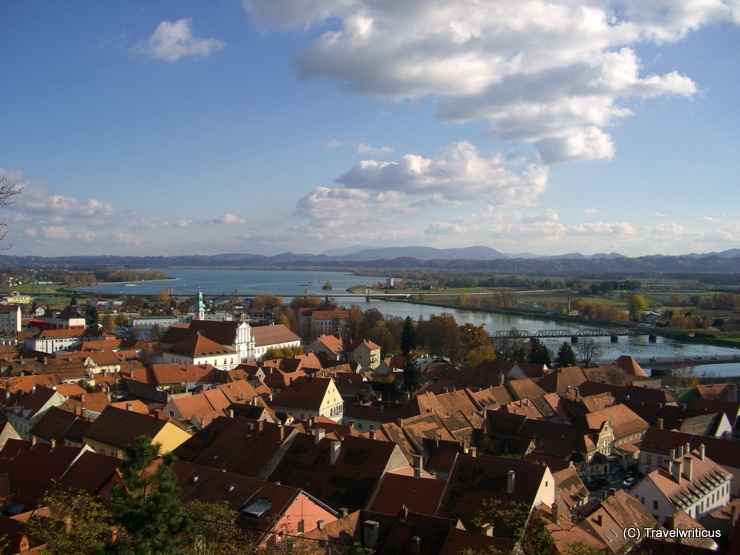
This is a view over the rooftops of Ptuj taken from the castle high above the city. From there, you can see how the Drava River turns into an artificial lake (Ptuj Lake) due to a nearby hydropower station. On the lake, there is much space for aquatic sports.

The museum offers a collection of the maritime past of the Slovenian coast, Slovenian naval history and related economic activities. It includes an archaeological, a maritime, and an art-history collection. Besides that, the museum informs about salt-making and fishing in the region.

On a sunny day in autumn, I walked along the reconstructed Roman city wall of Ljubljana. During the Roman period, the name of this place was Colonia Iulia Aemona or just Emona.